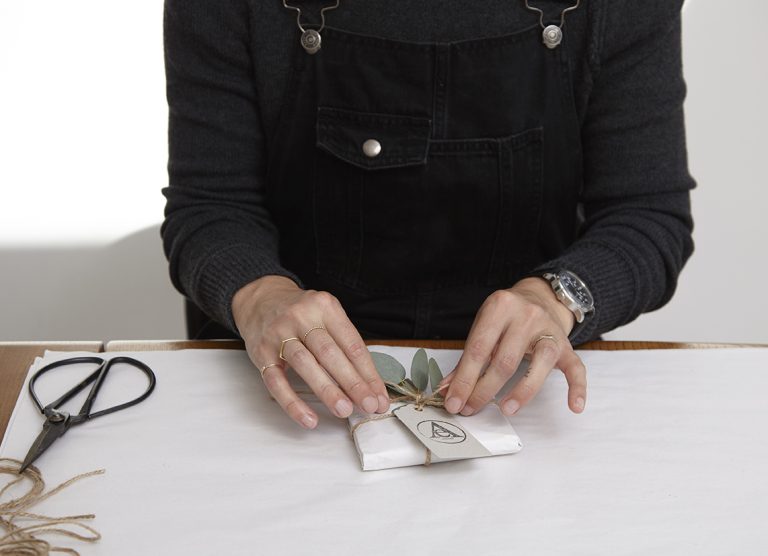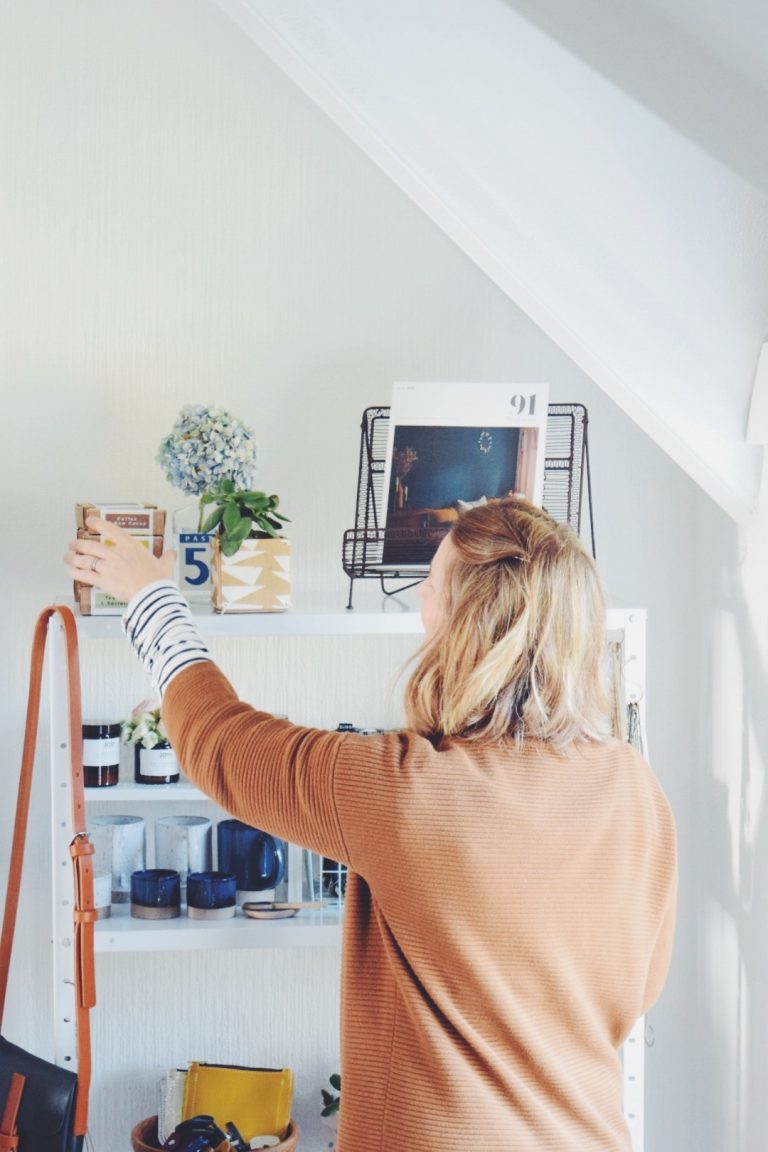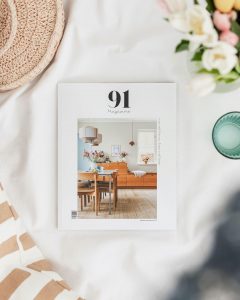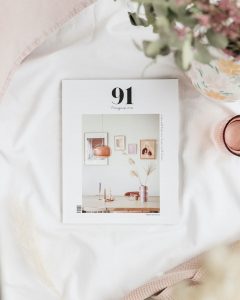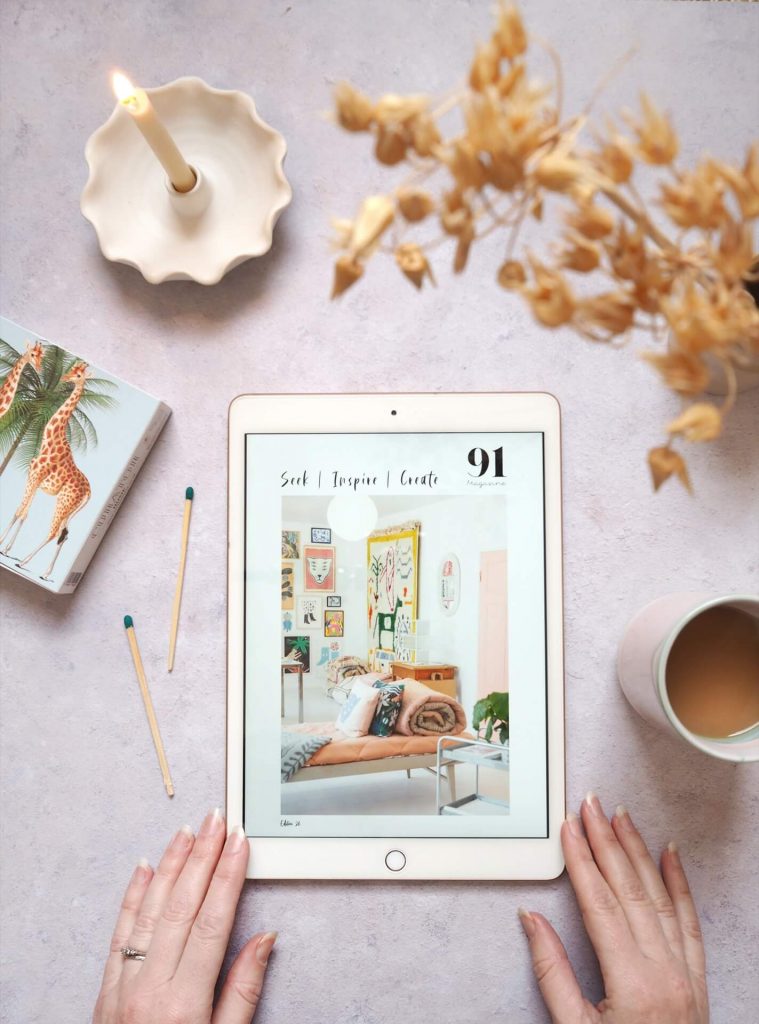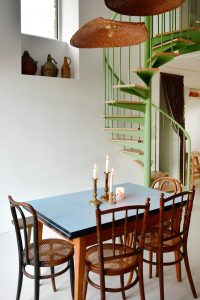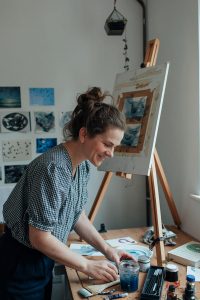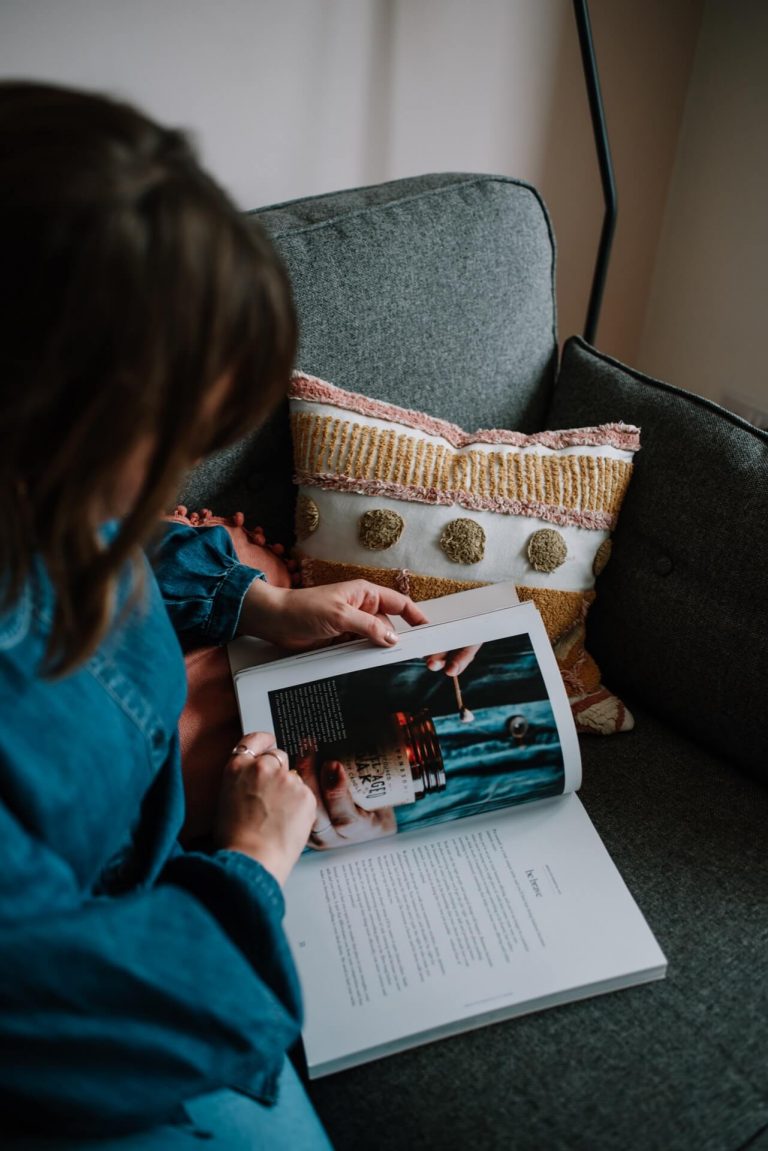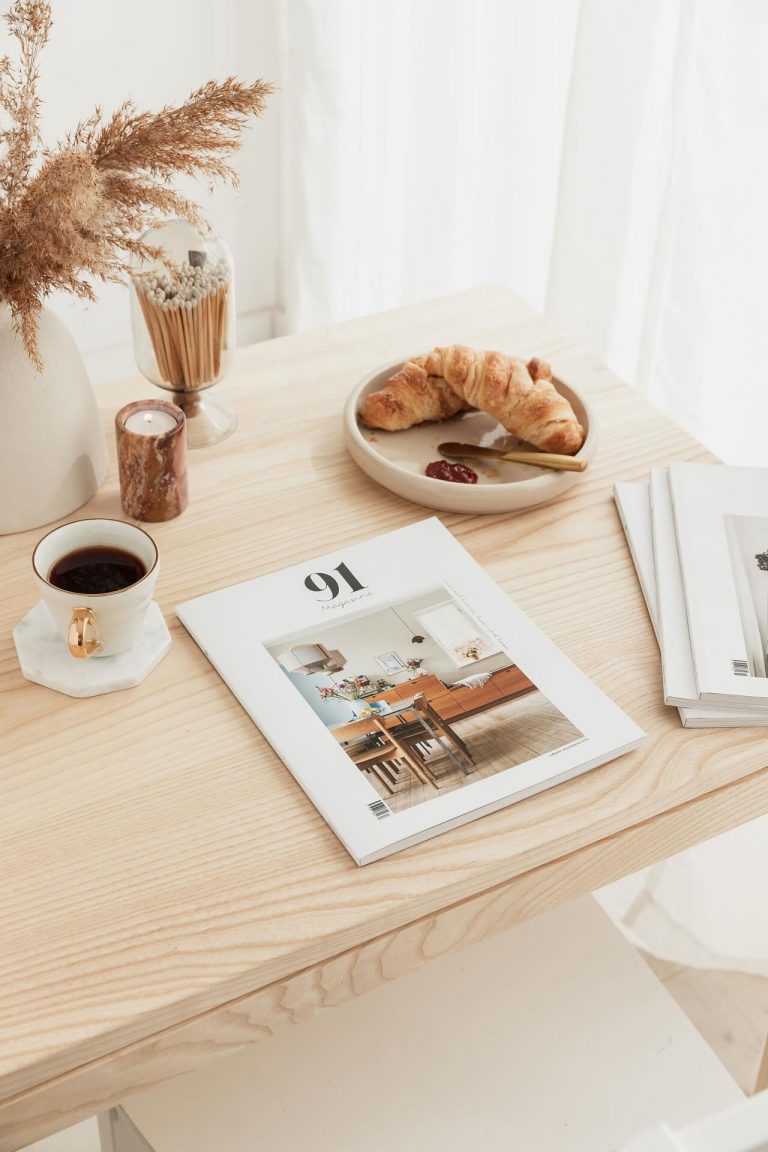If you’ve ever dreamt of being a shopkeeper, opening an online store can certainly seem like the easiest option – no property overheads, open 24/7 and working from home are all enticing benefits – but as Huma Qureshi discovered, it’s not quite so straightforward! This kind of business demands you to become a jack-of-all-trades, and is certainly not an easy path. Huma tells us a little of her tale and then chats to three women who are nailing it at online retail to find out what is really involved in the land of e-commerce….
Last year, I launched an online store. I was excited about the possibilities. I had grown bored by seeing the same brands appear everywhere, even in independent stores, and I started thinking – what if I could make a shop filled with the unusual timeless products I wanted to buy? A picture formed in my head of a store full of mesmerising and beautiful pieces. I created mood boards on Pinterest and played around with website templates. I started browsing on Etsy and Instagram, looking for the sort of pieces I wanted to sell.
But in reality, I had very little idea of what I was doing or how to do it. I am a writer with a blog; I had no retail experience. I didn’t let this stop me. I jumped straight in, emailing crafters and makers whose products I wanted to stock, not really realising just how much work would be involved. I wish I could say I had a methodical checklist by my side but honestly, I did everything more or less at the same time – I bought my web domain and built my website while ordering stock; I picked out my branding colours while writing product descriptions. I didn’t really have a plan.
Somewhere along the line, and possibly because of my lack of planning, I stopped finding it enjoyable. I realised it was no longer the right decision for me and so it was with some relief I closed my store down. Still, I’m always curious to know how other people manage it successfully; it is a huge task, to be all things (shop owner, shop curator, photographer, marketer, administrator) at once. So I decided to find out. I asked three fellow online shop owners to share their more positive experiences.
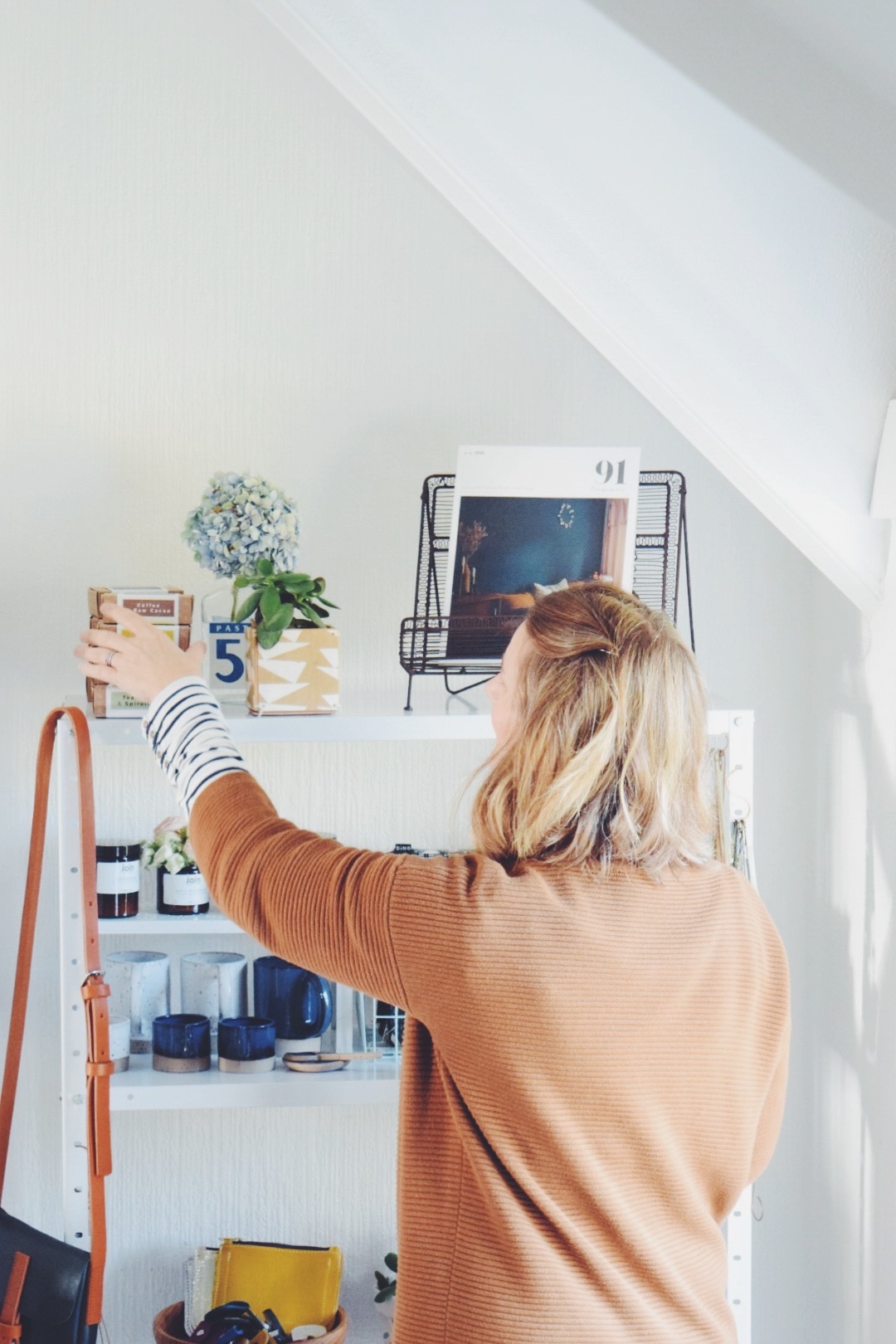
Jo McCarthy, shop curator and owner of Firain.
Firain, an online lifestyle store, opened in September 2017. Taking its name from an old Welsh word meaning ‘noble, beautiful, fair and fine’, Jo has filled Firain with handmade treats, gifts and beautiful homewares. She runs Firain from home, sourcing products from makers, using her spare room as her office and stock room.
Jo’s idea: Firain had been at the back of my mind for a long time, but since my husband and I were living overseas I didn’t pursue it. When we came back to the UK, the idea of running a little online shop became more of a feasible income stream. I knew that I wanted to work from home and have a flexible schedule and I had hoped that the necessary skills would come along at the right time. I told myself that if it didn’t work, I could turn the experience into something to learn from. I love that I am slowly carving out a little niche for myself.
What came first, products or a website? I emailed makers and small businesses to ask if they would be interested in selling through me, despite me having no website to show them. I was so encouraged when supportive and enthusiastic emails came back and that’s how I started to curate the shop. At the same time, I started to share on Instagram about my new shop opening and used targeted hashtags which seemed to gain a little bit of attention.
With the website, everything has been very ‘DIY’ and done within an extremely tight budget – I built it myself on SquareSpace. I am certainly not techy! Don’t be put off by your lack of experience. I am never happy with my website and tweak it every day!
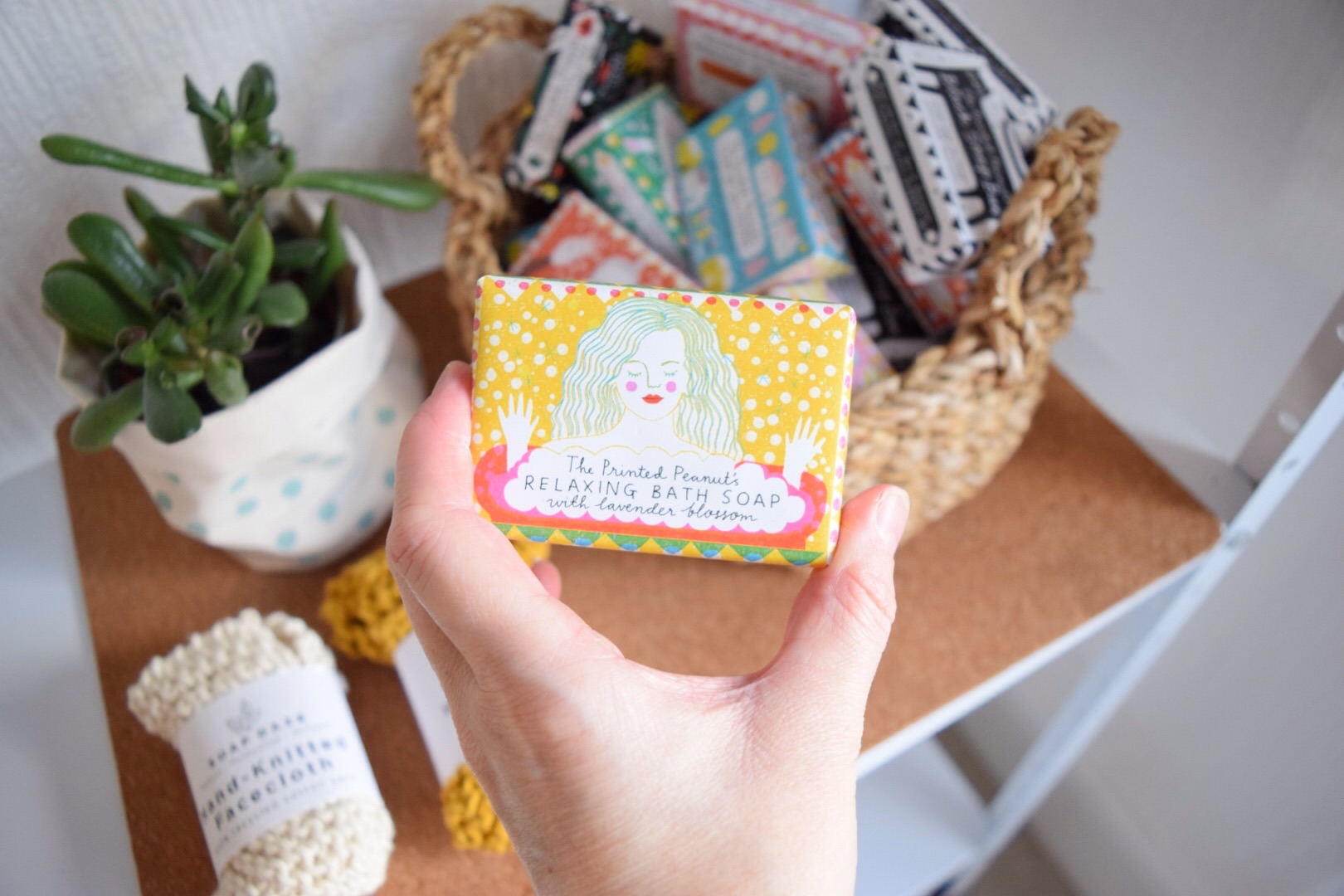
And everything else…? I set up my shop with zero budget for branding, marketing materials or photography (a graphic designer friend helped me with my logo). Taking product photos and uploading them is the most time-consuming task and using a professional would be a good solution, but it’s not in my budget right now. I am trying to enjoy this creative process and not think too much about what I can’t achieve, right now!
How much work is involved? I try to set time aside each day to work on the shop in some way, around my other jobs. Usually, it’s keeping up with baseline tasks – posting on Instagram, updating the website, fulfilling orders, answering emails and keeping on top of invoices. Then there’s writing monthly newsletters and blog posts too.
Running a creative business will never be the easiest, most lucrative path to take and I have struggled to justify some of my decisions. The ebb and flow of running a shop can keep me awake at night! I need to make an income from Firain and I wish I had prepared a little more about the start-up costs and the potential challenges. But I absolutely love packing up orders for my customers. I feel that my creativity is coming back.
Jo’s advice:
1. Do the best with what you have, be self-sufficient and financially responsible but try to enjoy the creative process. Seek out interesting products that speak to you somehow, for some reason. You can’t expect your friends and family to be your most loyal customers, so try to find your own tribe beyond your current network.
2. Be modest and acknowledge where you have gone wrong and try to learn from those mistakes.
3. Be selective about working with people who understand your limitations as a small business. Allow yourself time to breathe and pause. You can’t make good decisions when you feel frantic and stretched. Most of all, be patient with yourself and with the business. In time, you will be proud that you swam against the tide and created something from scratch.
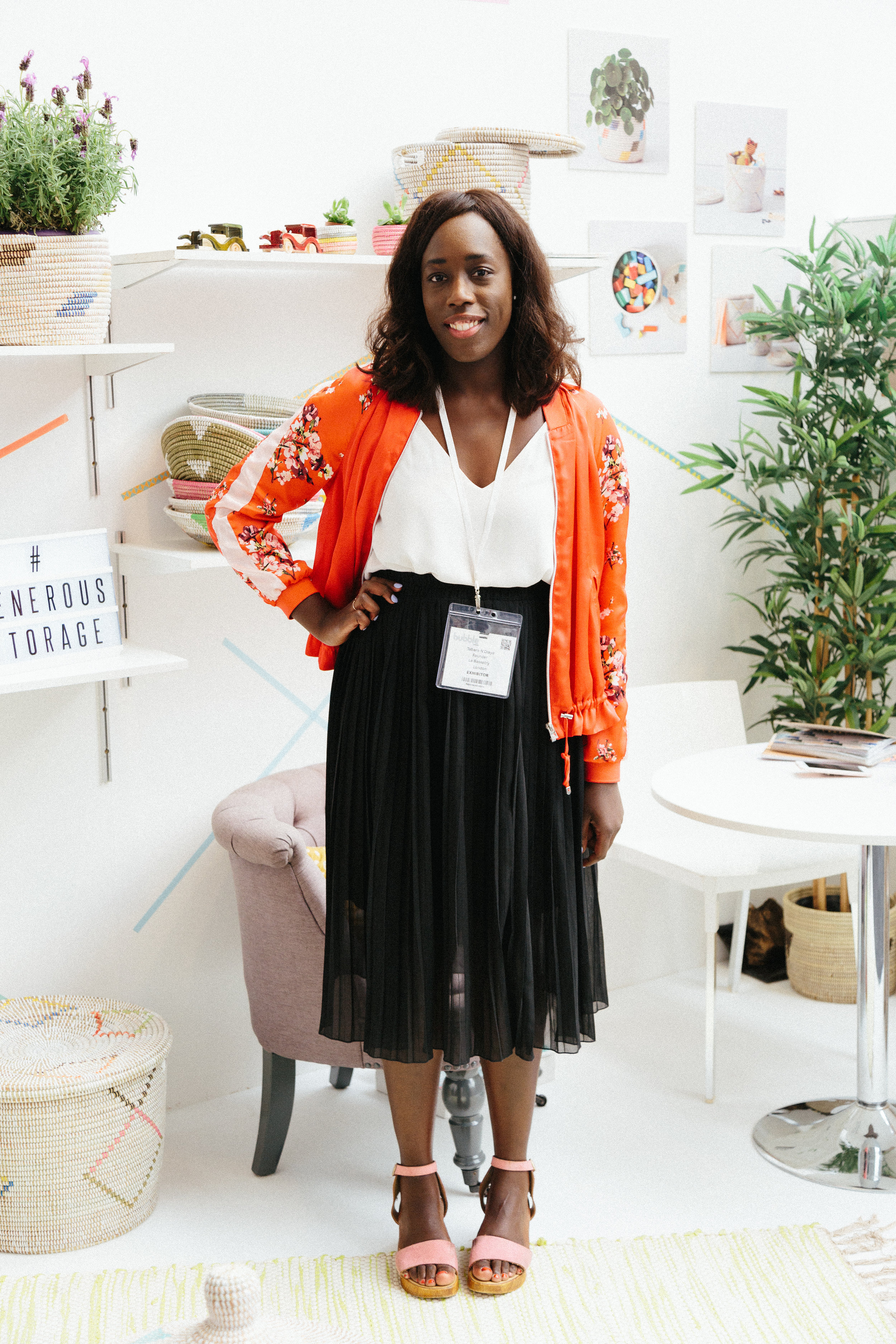
Tabara N’Diaye, shop owner of La Basketry
Tabara set up La Basketry, an online boutique selling artisan Senegalese baskets, in 2017. Originally from Senegal, she was born and raised in Paris but has been living in London for over a decade. Tabara grew up in a home filled with traditional Senegalese baskets and loved them not just for storage but as a way to remain connected to the stories of her heritage, and this is what she wants to share through La Basketry. She runs La Basketry from her home and has cleverly transformed her walk-in wardrobe into a storage room which holds all her shop’s products.
Tabara’s story: Being online is ideal as there are no borders; I can reach customers everywhere in the world and spread the love for the beautiful products I sell. I didn’t have any experience of retail before launching La Basketry, although my mother did own a shop. But I don’t think you really need experience – the tools and platforms available make everything very easy. I use Shopify – it’s very straightforward. I do think you need to be tech-savvy though. You can’t expect your online shop to sell products for you! SEO, Google Ads and even social media advertising are great ways to reach new customers so why not maximise the opportunities that are available to you?
I write all our website copy, newsletters and manage all our social media, but I much prefer to work with professionals for product photos. I’ve also worked with a PR company in the past. I have no problem outsourcing certain tasks to people who can do a better job than me! I think it’s important to realise you cannot be good at everything.
How long did it take between having the idea for La Basketry and turning it into a reality? It took about a year. I worked with the London Small Business Centre to get my business plan into shape. I studied the market, the competition, established my pricing structure, and thought about marketing and so on. My business has evolved since then, but this was a great starting point. It’s free to see an advisor at the London Small Business Centre – they provide with templates and you can book as many appointments as you’d like – you can even sit down with an accountant to run through the numbers!
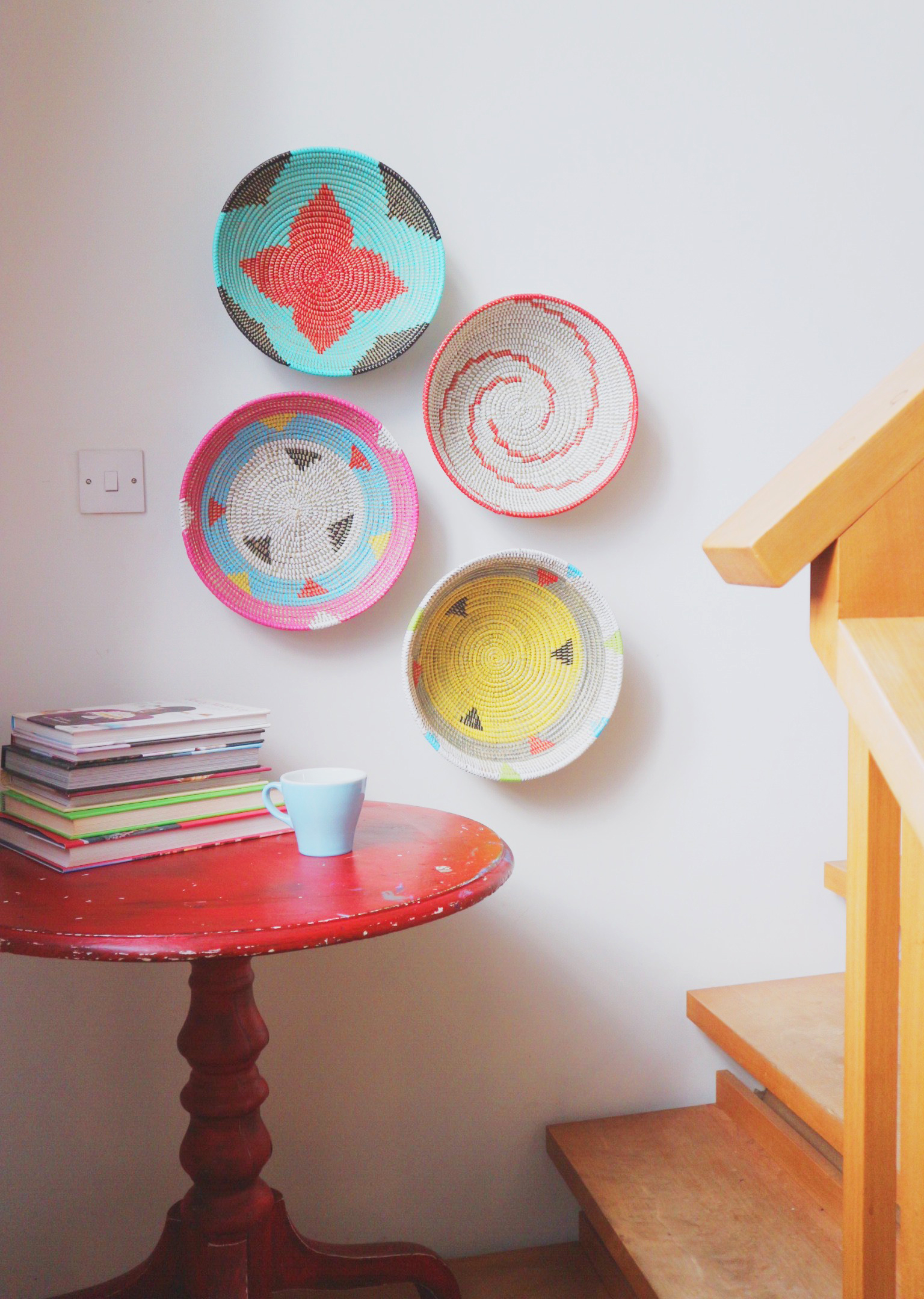
How do you source your products? I work directly with female artisans in Senegal. When I started the business, I had no design experience so I curated products from their existing collections, just changing colours and patterns for example. As our client base has grown, I’ve now started to design some of our products.
What’s the biggest day to day challenge you’ve encountered in running an online store? Packing orders! It was taking a lot of time so I decided to outsource it. I work with a fulfillment company called Weengs when orders get too hectic. It means I don’t have to spend two to three hours packaging or queuing at the post office but can focus on other areas of the business instead.
Tabara’s advice: There are hundreds of online shops launching every day so don’t think that the moment you press the ‘LIVE’ button, customers will flock to your site. Your online shop is part of a much wider marketing strategy and you need to make sure that you’re engaging with potential customers via social media, PR and any other methods that would work for your business.
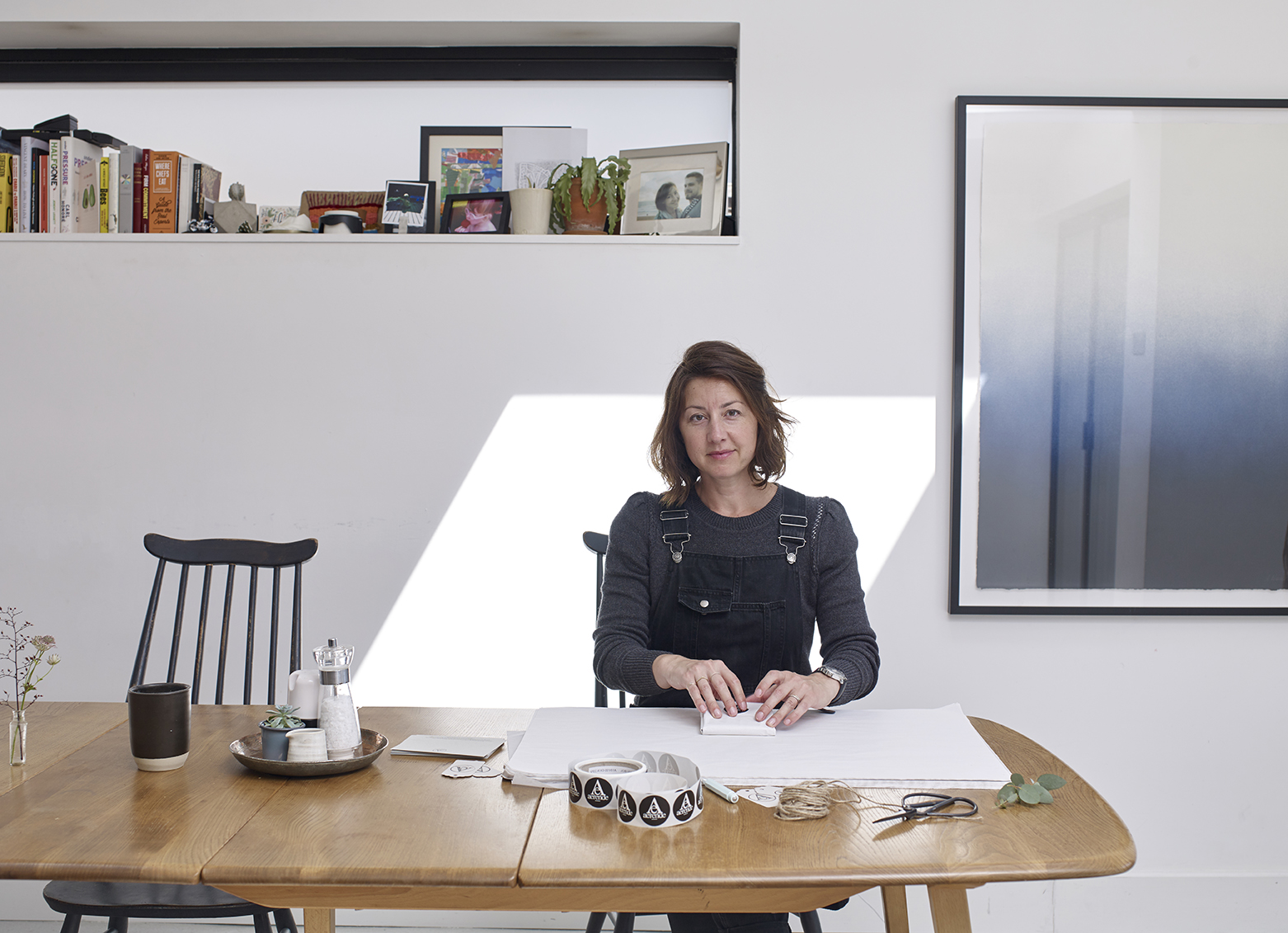
Emily Mathieson, shop owner of Aerende
Journalist-turned-social-entrepreneur, Emily launched Aerende, an ethical homewares online shop, in 2016. She runs her business from her home in St Albans, using her spare bedroom and office to design, develop and store products and package up orders. Unlike most online stores, Emily doesn’t just curate products from makers – she collaborates with and commissions social and therapeutic craft groups to create beautiful and everlasting products for Aerende.
Emily’s story: I have a lifestyle media background so I was confident in branding, telling stories and coming up with a beautiful edit of products. But it was arrogant of me to assume that that would be enough and I’ve been on a steep learning curve since then to really understand finances, cash flow, costings, marketing and strategy, as well as the underlying technical skills and SEO needed to really make a success of an online shop.
Retail is much more demanding than I naively imagined. You have all the normal requirements of running a business but now have to be great bloggers and social media masters too. I don’t have a background in manufacturing or design so product development (though wildly exciting) can be a tricky process and, of course, many of my makers face so many of their own challenges so that volumes, consistency and deadlines don’t happen in a conventional way.
I do every single thing for Aerende, from sticking labels on candles to sending images out for press requests. I’ve written every page of the website and hand-wrapped every single order. I store our products in my home, which is brilliant for flexibility, but challenging in terms of finding a cut-off between home life and work life. I’m lucky that we do have a spare bedroom and an office, but Aerende is starting to outgrow them and, having limited space means we can’t benefit on economies of scale on things like packing boxes; I simply don’t have enough space to store them. The next step is seeking some social investment to help fund a studio where we can store stock properly, showcase the products and create some distance for me between home and work.
Why online? Being online has many advantages – not least in being able to reach people from a wider network than a physical shop might do. But I’ll be honest: this was a practical decision born out of lack of finance rather than a strategic one. I needed to be able to work flexibly around my family and going online is a much less risky way of testing a concept than going all in with a physical store. Having said that, a bricks and mortar shop is still a dream for me. We loved our pop-up with Appear Here so much, we’re looking at ways of funding another.
How hard was it to set up your website? Setting it up was the easy bit. My family are amazed at what I’ve built considering my fairly basic technical skills. I’ve learnt a lot in the last three years but the retail platform we use – Shopify – is amazingly user-friendly, even for non-techy people like me. It makes all the back-end payment stuff easy and links in with lots of apps so we can add and adapt features as and when they are requested or when we have funding to do so. SEO is a harder thing to crack and is an ongoing process. There are so many resources out there (and I’ve heard Lucy Lucraft’s SEO course is a good one).
How do you source your products? It’s a complex process. Unlike almost every other online interiors/gift store, we can’t find items at trade fairs or on social media because our makers aren’t really on or at either. So it’s a process of word of mouth, Google and lots of research. And then, because we want the products to be desirable and to fit with the collection we work out colour schemes and shapes and sizes that would work well, and create each product in collaboration with the makers – so they can explore their skills and we can ensure an ever-changing collection. Now we have a profile makers are starting to find us too.
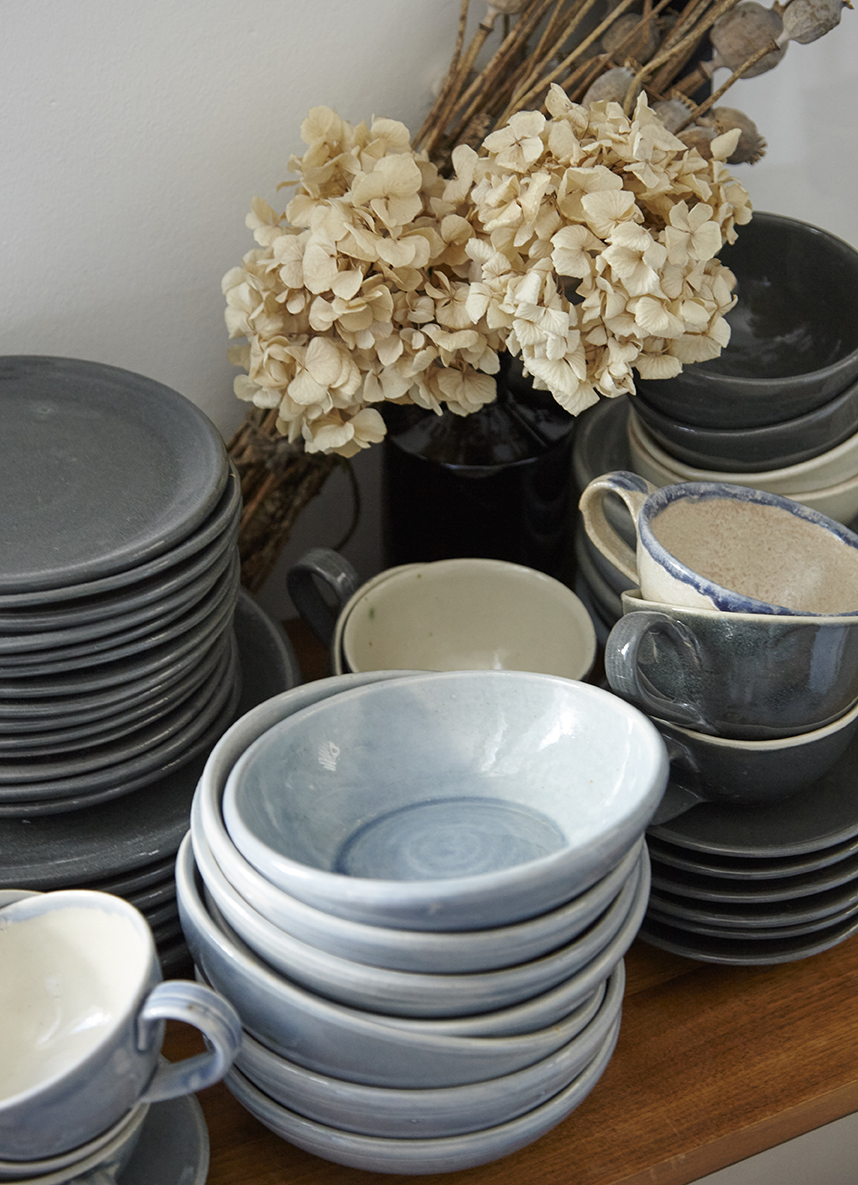
And how do you design your products? I don’t have a formal background in design so I simply start by creating products that I’d like to own or want to use. I hope that by creating things I love to look at and use, others will feel the same. Some inspirations come from nature, from heritage techniques, from Shaker and Danish design or sometimes start with a colour mood board I’ve spotted on Pinterest. It’s easy to feel there’s a ‘proper’ way to do this stuff but one of the great joys of running your own business is that it’s not always necessary to conform to preconceived notions of what business is. And I often remind myself that being an outsider without an MBA or corporate experience can open up possibilities for doing things differently and more effectively. Design is an organic process and I want to hang on to that feeling rather than over-thinking or over-complicating products that should bring pleasure and beauty to the day-to-day.
Emily’s advice
1. Plan ahead and do the finances but be prepared to ditch the plan and to drop an idea if it isn’t working.
2. Have a story. Tell it confidently and regularly. Make this your point of difference.
3. Have a vision. Knowing where you want to get to really helps to prioritise and focus on the day to day.
Thank you ladies! So insightful! Do check out all three lovely brands – Firain, La Basketry and Aerende, as well as Huma’s excellent blog Our Story Time.
